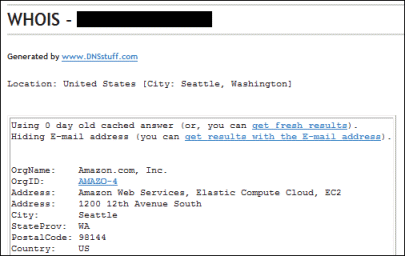I’ve read the Open Cloud Manifesto with interest. It’s hard to find much to disagree with; I especially like this point on page 5:
Cloud providers must not use their market position to lock customers into their particular platforms and limit their choice of providers.
Companies like IBM won’t do that? I’m sceptical. Still, it is all very vague; and companies not on the list of supporters have been quick to point out the lack of any effort to achieve cross-industry consensus:
Very recently we were privately shown a copy of the document, warned that it was a secret, and told that it must be signed "as is," without modifications or additional input. It appears to us that one company, or just a few companies, would prefer to control the evolution of cloud computing, as opposed to reaching a consensus across key stakeholders
says Microsoft’s Steve Martin. Amazon, perhaps the most prominent cloud computing pioneer, is another notable absentee.
It is a general truth that successful incumbents rarely strive for openness; whereas competitors who want to grow their market share frequently demand it.
The manifesto FAQ says:
There are many reasons why companies may not be listed. This moved quickly and some companies may not have been reached or simply didn’t have time to make it through their own internal review process.
A poor excuse. If a few more months would have added Microsoft, Amazon, Google and Salesforce.com to the list, it would have been well worth it and added hugely to its impact.
That said, I’ve found Amazon reluctant to talk about interoperability between clouds, while Salesforce.com makes no secret of its lock-in:
… you are making a platform decision, and our job is to make sure you choose our platform and not another platform, because once they have chosen another platform, getting them off it is usually impossible.
said CEO Marc Benioff when I quizzed him on the subject. I guess it could have taken more than a few months.


